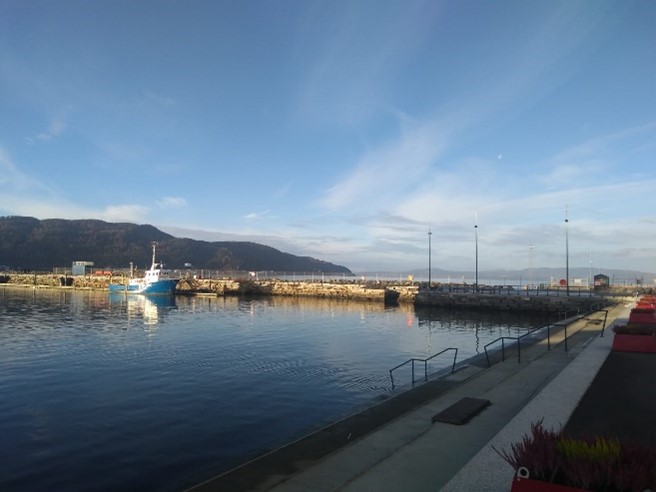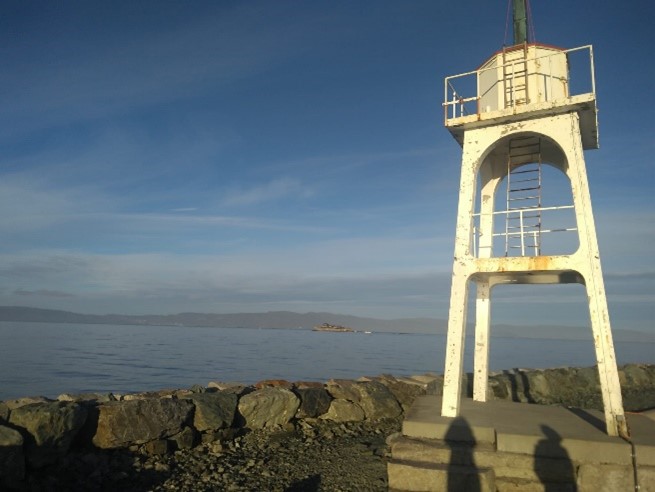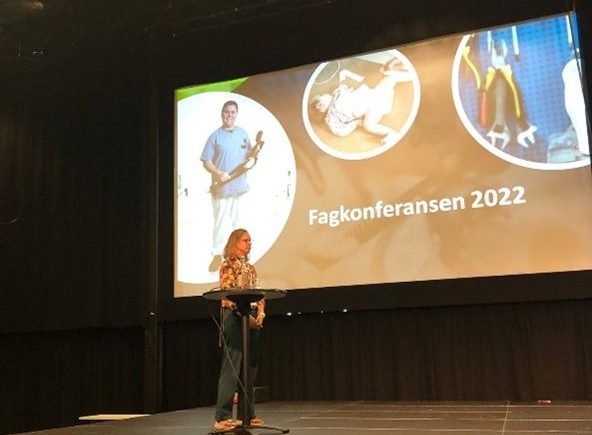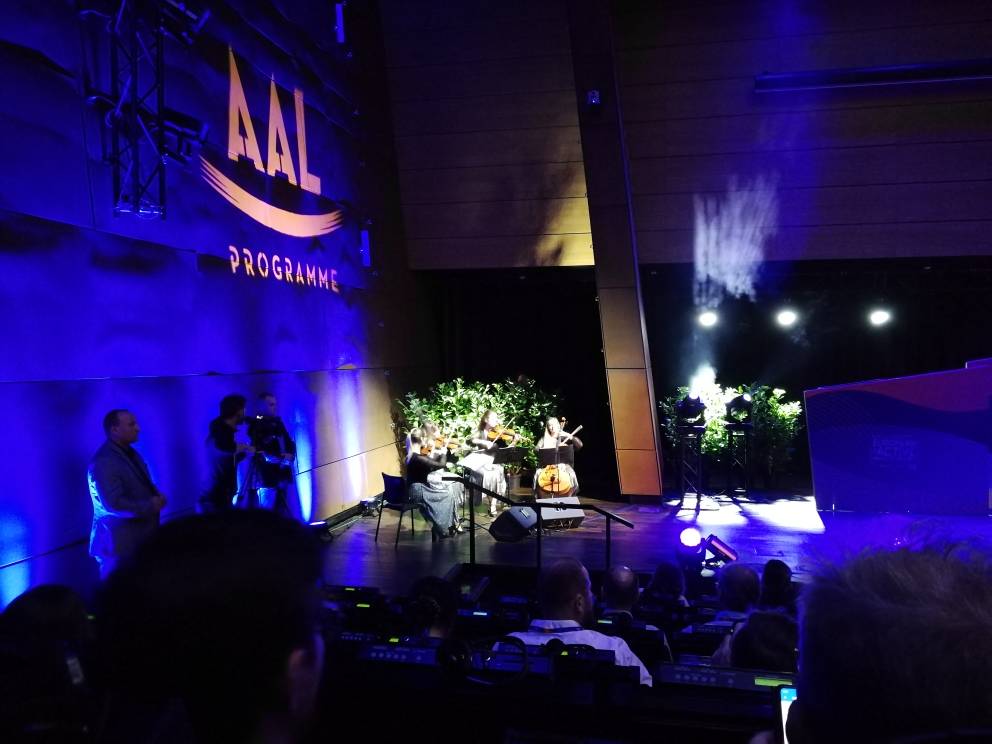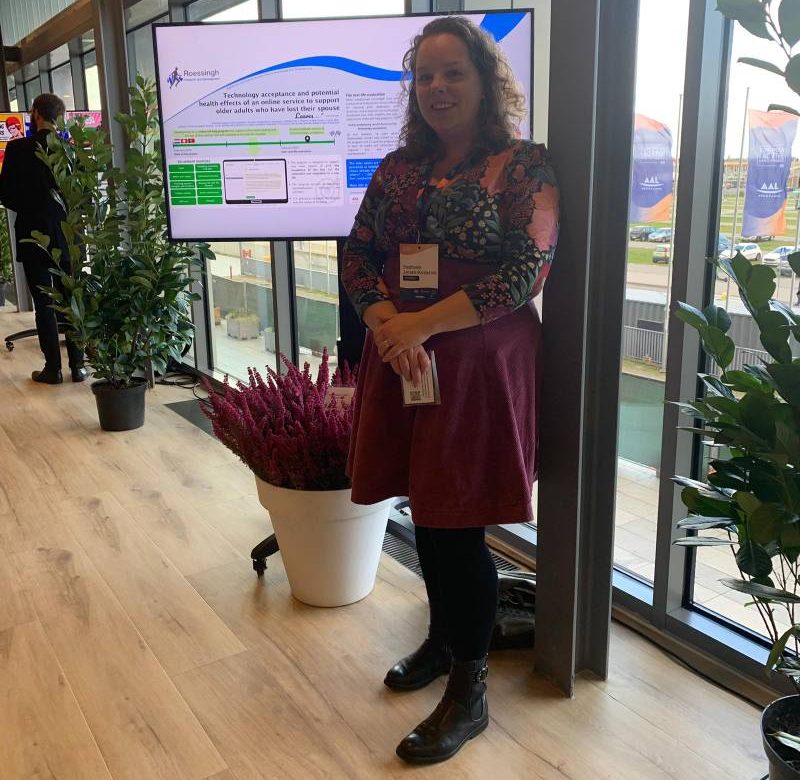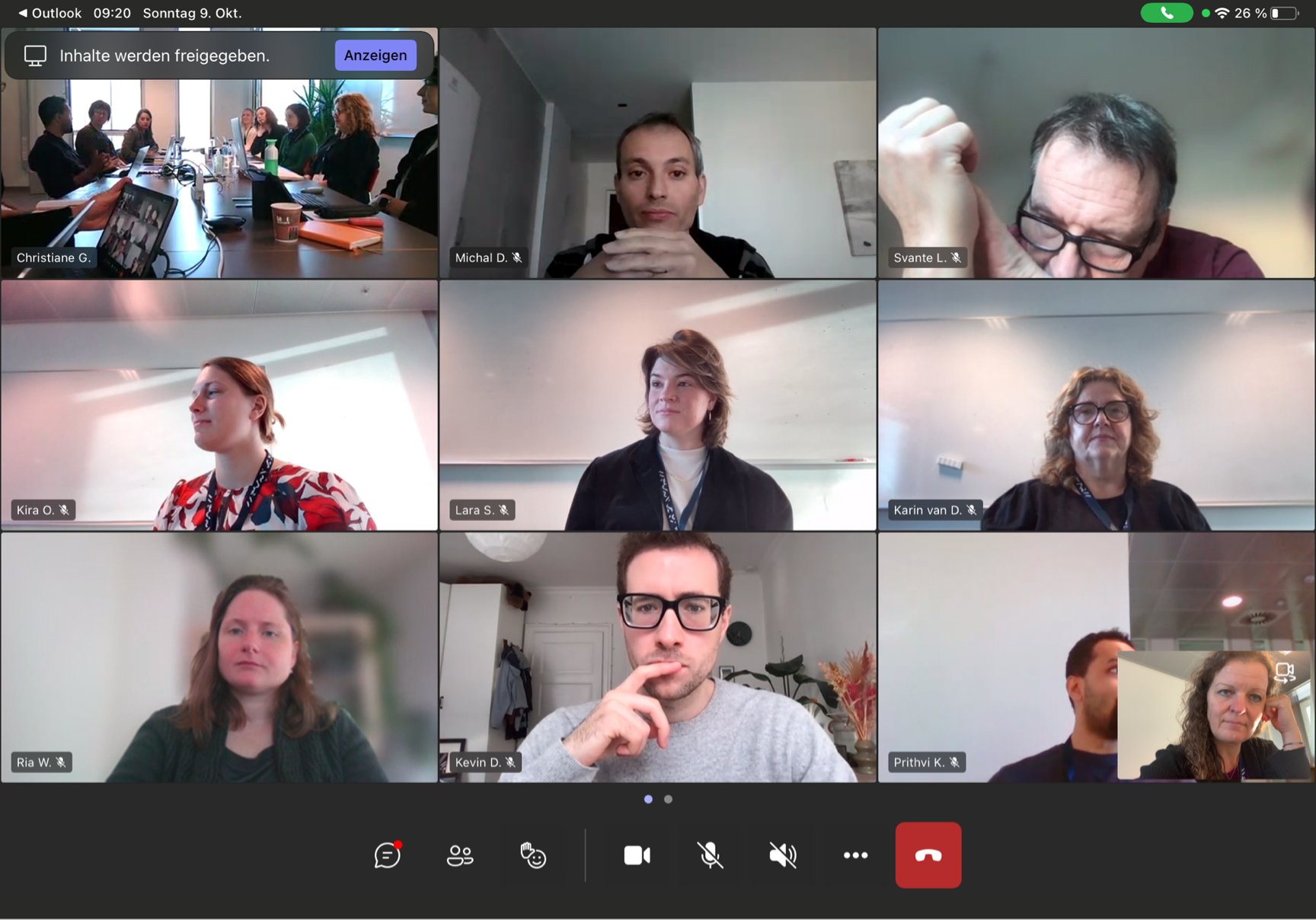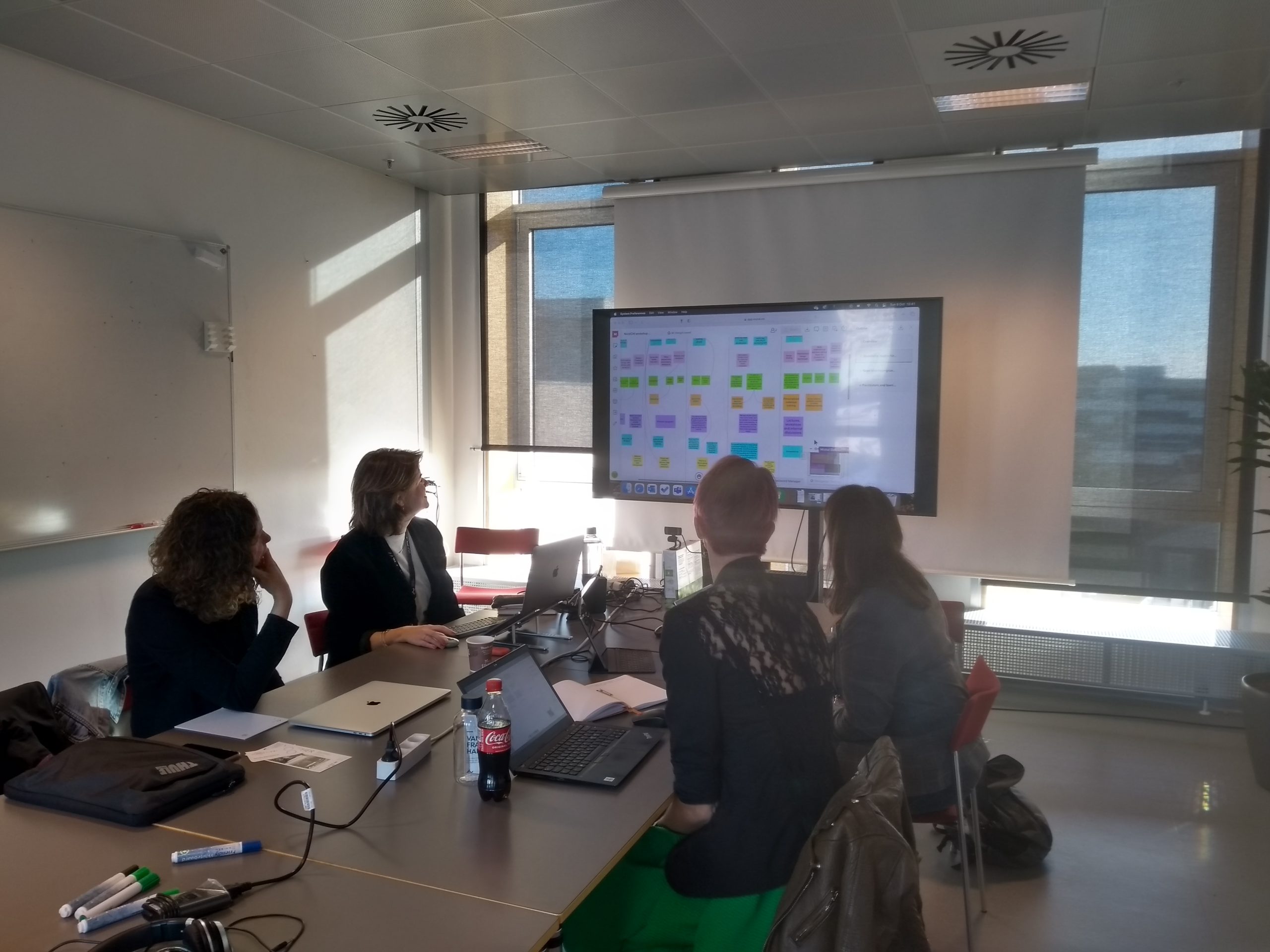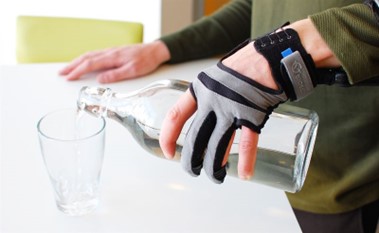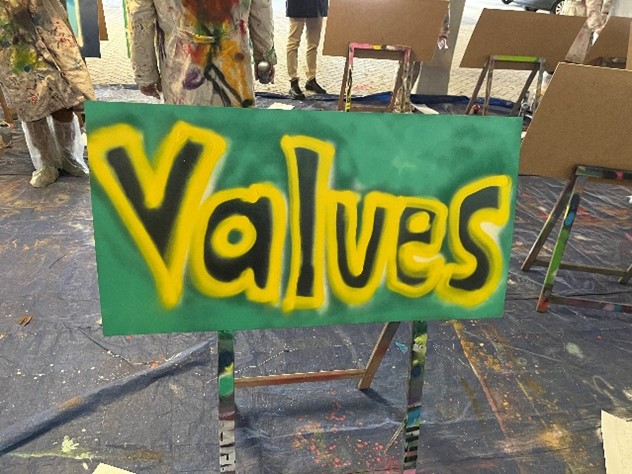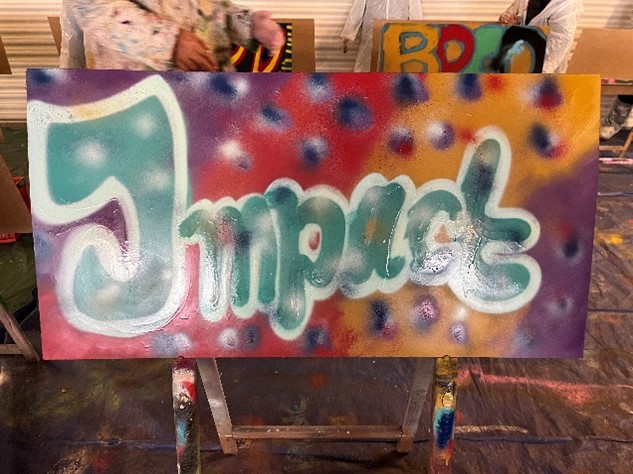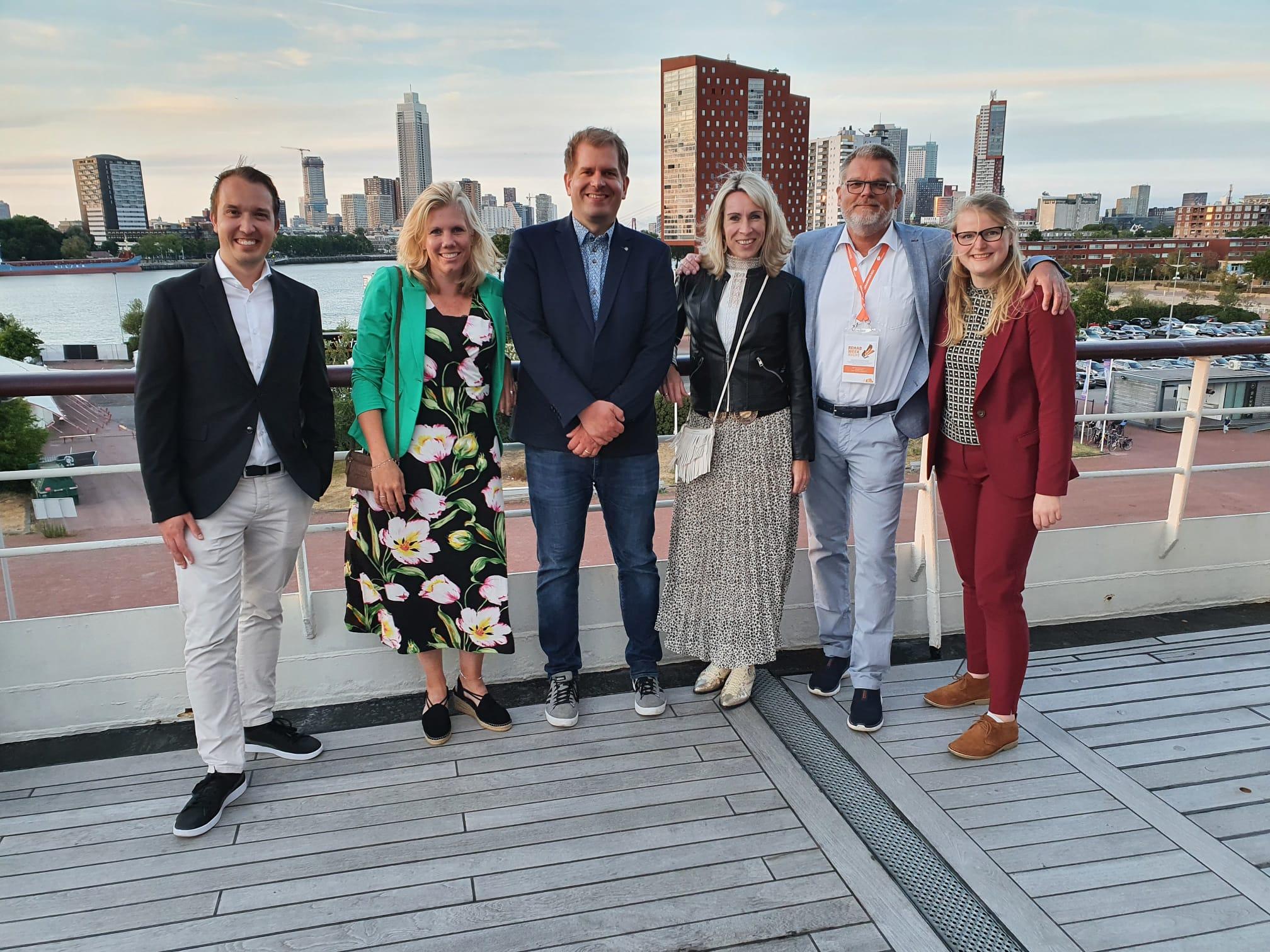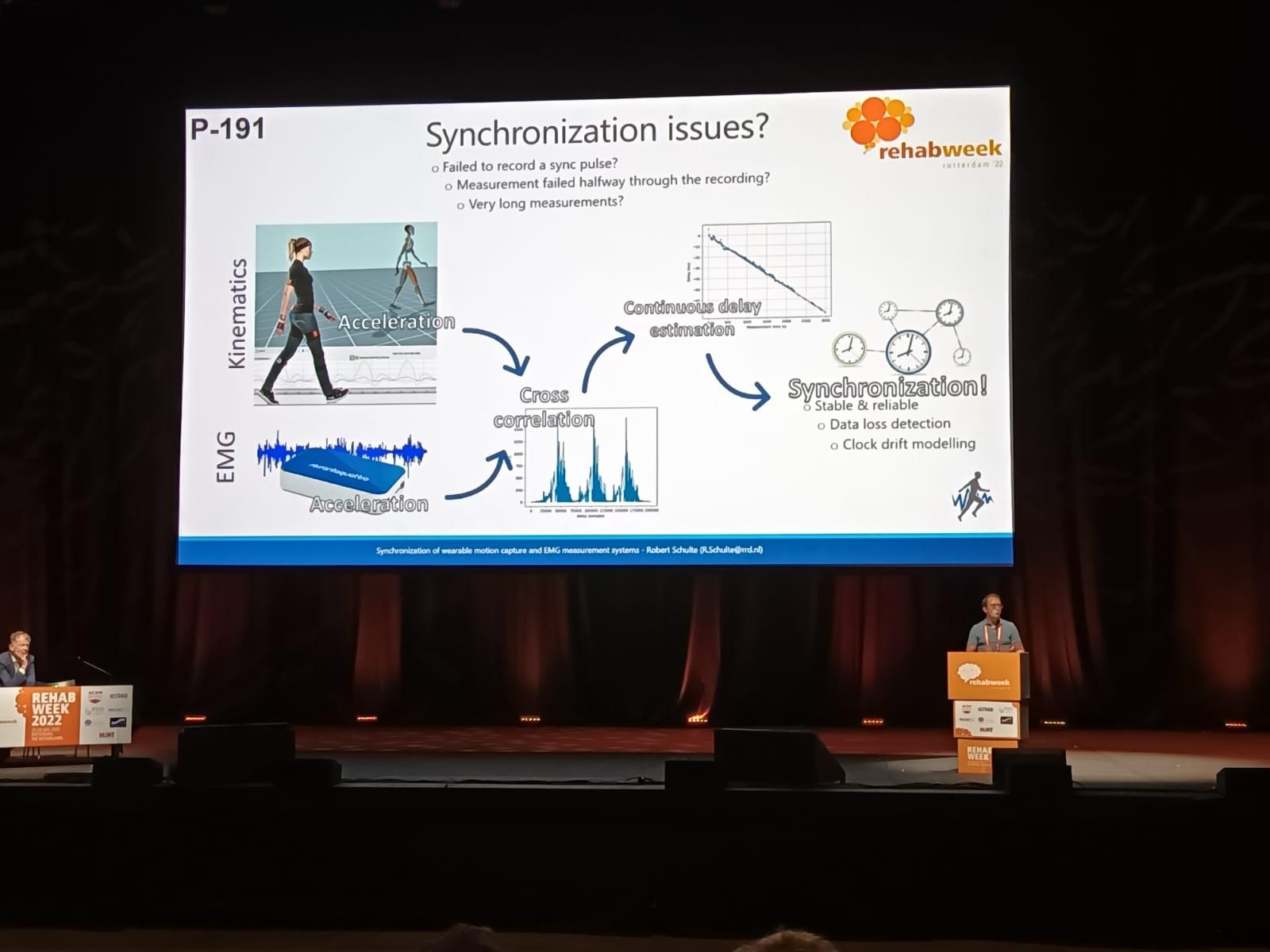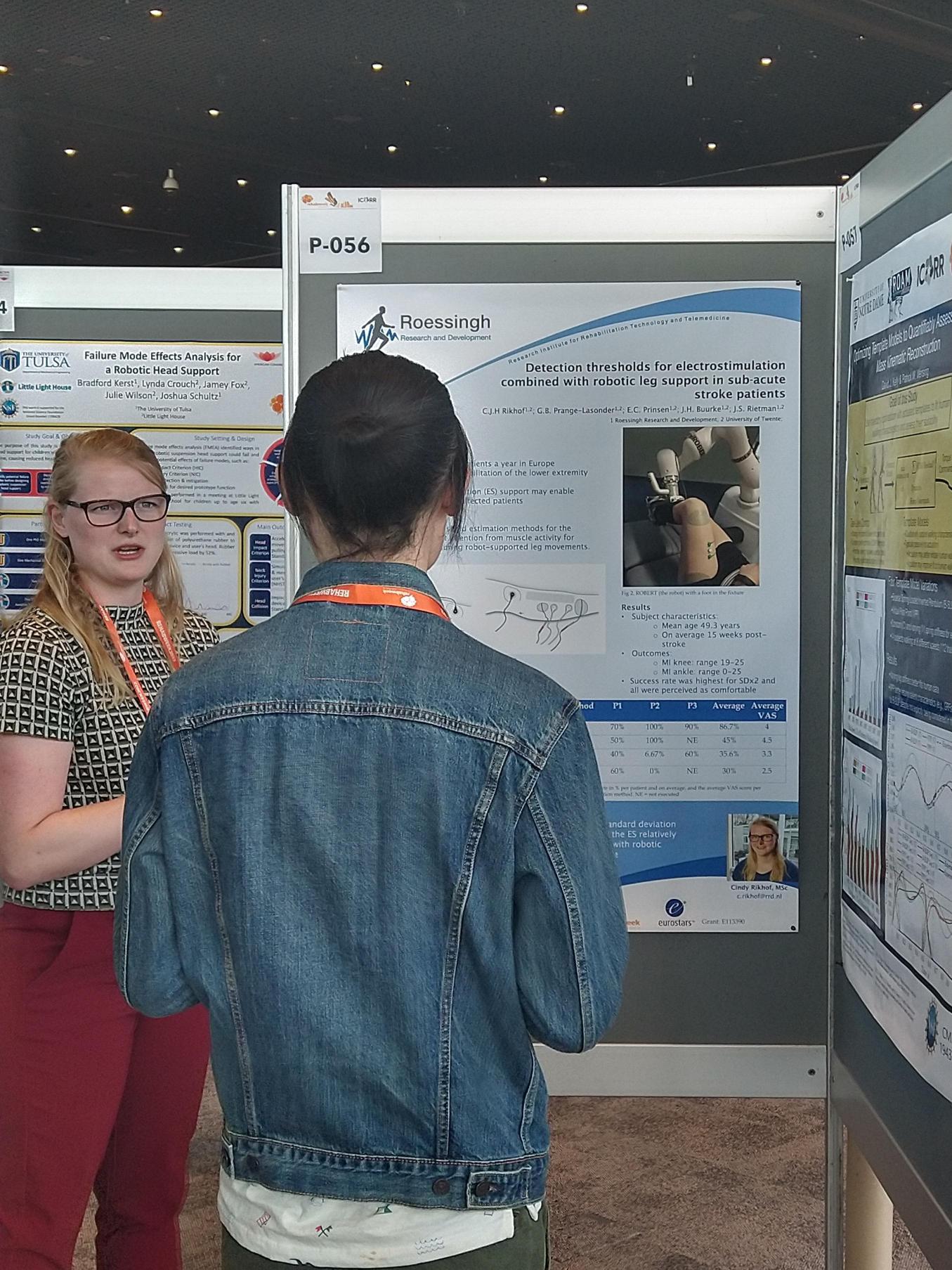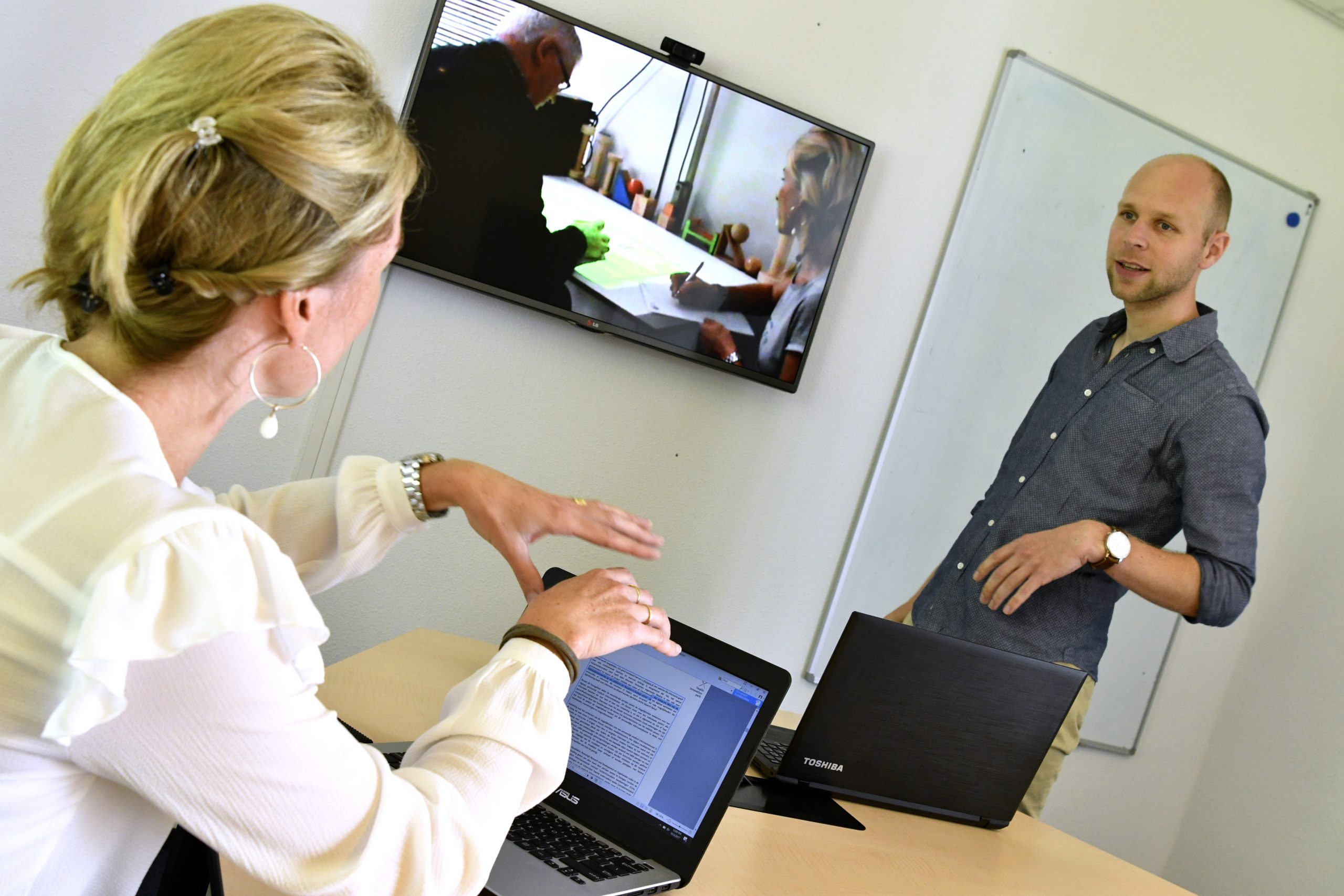Written by: Christiane Grünloh, Ria Wolkorte, Rita Schriemer
As soon as the calls for research arise, the topic of citizen and patient involvement comes up. Without a letter of support from a patient organization or interest group, your application has little chance. And once you have received the letter of support, how do you properly secure the involvement? Participation is not only a matter of ticking off by patients, but also of sparking researchers. Within ICMS (see description below), three colleagues from their own field are working on implementing active and meaningful involvement. Together they spread their knowledge, experience AND conviction.
The principles of value-driven care and Shared Decision Making are self-evident in the clinic. Can we say the same of the research that precedes healthcare? Are patients, citizens or end-users involved in ICMS studies? The answer is yes. But it can be even better. If it were up to these colleagues, it will become the gold standard that members of the public, be it patients, citizens or end-users of healthcare and technology are involved in all research we do in ICMS. And not just as a participant or tester, but that they have a voice in the design and choices made in the research. Christiane Grünloh (Roessingh Research and Development), Ria Wolkorte (University of Twente) and Rita Schriemer (Sint Maartenskliniek/Radboudumc) share their point of view.
Christiane: “For the three of us, the need to get people actively involved in your research is crystal clear. It is necessary if you want to create impact. You only have impact if your research is relevant. You will achieve relevance if your research addresses the most important questions and problems of the target group. Or when the outcomes, technological or social, contribute to the quality of life.” Ria: “We involve patients in the daily practice of science. They help make decisions.” All three of them do this within their own disciplines and in ways that are customary in their field. Rita: “In clinical research we call this patient involvement. Citizen Science is the term and approach applied to health research at the UT. At Roessingh Research and Development we speak of Human Centered Design.”
Christiane: “These are different concepts and interpretations for approaches that have the same point of departure, namely that the people for whom you conduct your research are also the people with whom you conduct the research.”
Patient Involvement in clinical and fundamental research
Rita: “In clinical research, it is increasingly becoming the standard to actively involve patients in research. Where people were first only involved as participants, patients now also contribute within other phases of the research. This can already be done at the time of the application. Patients can contribute to the relevance of the study and comment on the layman summary. But if you start the interaction earlier, their input can lead to focus differences because certain areas are more relevant to them in daily life than others. We recently experienced this in an application for osteoarthritis research. Two highly engaged patients even attended the interview with the funding organisation. For them, the main reason for committing to the study was the research's holistic view of the disease. They know better than anyone that their condition involves a combination of medical, biological, social, movement and behavioural aspects.
Basic researchers often think that their field of expertise or research is too difficult for laymen, or that involving outsiders is of little use. Nevertheless, the PhD students on rheumatism research at the Sint Maatenskliniek and at the experimental rheumatology lab at Radboudumc all have a patient representative who follows most of the research process. They then have to explain to him or her in layman's terms what they are investigating, how they do that and what the results of the investigations are. In our experience there is a role for patients in every research phase. Patients and members of the public can contribute ideas at different levels and in different research phases. These partnerships are highly valued by both parties.”
Citizen Science
Citizen science is mainly known from ecological research, for example, counting birds. But this view is too limited. Citizen science has been widely applied in health research in recent years. People with a chronic condition are often already looking for solutions to make their lives more pleasant. It is precisely this motivation and self-inquiry that you can use in research. Ria: “In Twente we started working with a group of people with rheumatoid arthritis according to the principles of citizen science. Actively involving citizens in your research means a different division of roles than the traditional one between patient and researcher. With the people involved we made agreements about data management and open science. Who owns the data and who can access it? Only the researcher? Or is the data also from the participating citizen themselves. How should access be arranged? These were nice conversations with clear agreements, which do normally not take place with the participants in research.
Based on the choice of people with rheumatoid arthritis, our research theme was formulated quite loosely around fatigue. Together with the participants, whom we call co-researchers, we have further shaped this. We found that it was precisely the capriciousness and unpredictability of fatigue that they wanted to understand better. As researchers, we turned this into a research question “Which factors are associated with experienced fatigue in people with rheumatoid arthritis?”. The co-researchers then decided that it was important to take a longer-term look at the degree of fatigue and factors that can influence it. To this end, they determined the maximum number of measurement moments (namely: 1) per 24 hours, as well as the duration of the measurement (namely: 21 days). This is more limited than we as researchers had in mind, but the feasibility of the research was also important to us. However, it is not only the researcher or the citizens who decide, it is a collaborative process As researchers, we naturally continue to look at what is scientifically justified, and we remain responsible for that. But there is much more a principle of joint decision-making and transparency.”
Participative health technology design
To develop technology that has a high usability and creates positive user experiences, , it is important to know what needs and goals people have, what their characteristics are, what tasks they have and in what context they will use the solutions. This is the starting point for creating initial ideas for possible solutions, which are then continuously tested and improved together with the users.
Christiane: “We recently started a study about eHealth for people with COPD. One important goal for the clinical researchers is to develop a prediction model that predicts when symptoms are getting worse for the patient. To do this, patients have to collect data for a longer period, for example, with a wearable and by answering questionnaires . But by talking with patients, we learned that people also want something in return for providing their data. They also expect feedback from their personal measurements. Data collection alone is not helpful to them, but rather can be a burden, especially for patients with low energy. This is important to take into account when developing the app, because otherwise people will stop using it in the long run and then clinical researchers will not have enough data for their prediction model. We already know these kinds of comments from human-centered design, or from action research, yet I keep seeing this blind spot. For me, research without the active input of end-users and stakeholders is unconceivable. In this way, we bring together all the relevant perspectives and expertise, and learn about the needs of the different user groups, to create health technologies that are useful for all of them.”
Together we can make research more relevant and better. And beyond that, patient involvement, citizen science and human-centered design keep the conversations between science and society going.
Involving citizens, patients and end-users is not "rocket science", but it does require a certain responsibility and care from the researcher. If you have questions about this, we can aid, educate and guide you towards involvement in your design and implementation of the research. You will see that it is very rewarding and becomes self-evident. Would you like to know more about how to involve people in your research? We are happy to think along with you at an early stage!
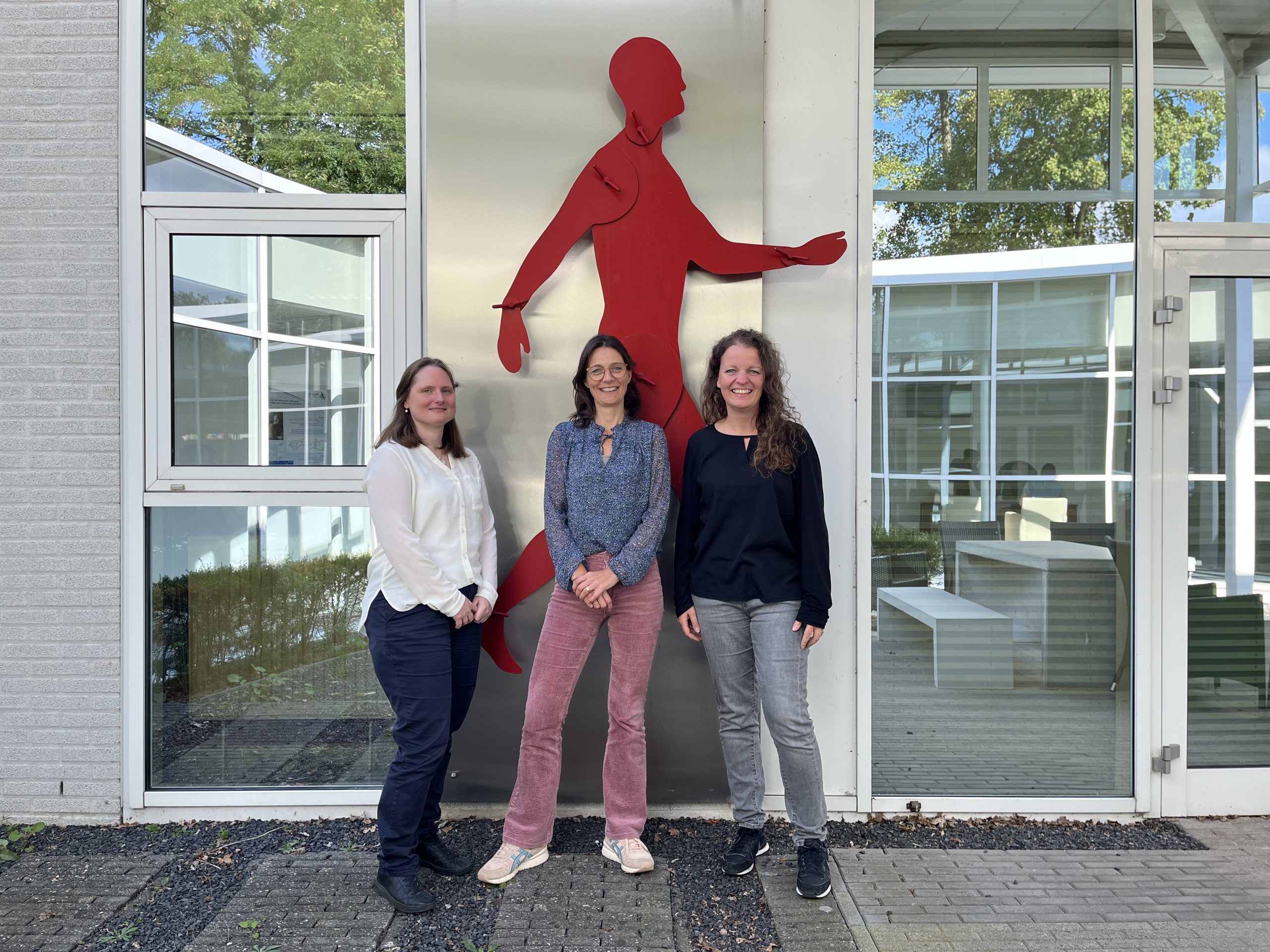
f.l.t.r: Ria Wolkorte, Rita Schriemer, Christiane Grünloh
Ria Wolkorte r.wolkorte@utwente.nl
Rita Schriemer r.schriemer@maartenskliniek.nl
Christiane Grünloh c.grunloh@rrd.nl
ICMS (Interdisciplinary Consortium for clinical Movement Sciences & technology) is a unique partnership between the Sint Maartenskliniek (a specialized hospital entirely focused on movement disorders), the Radboud University Medical Centre, the Radboud University, the University of Twente, Roessingh Research & Development (RRD), Roessingh Rehabilitation Centre working together with science driven companies (national and international).
